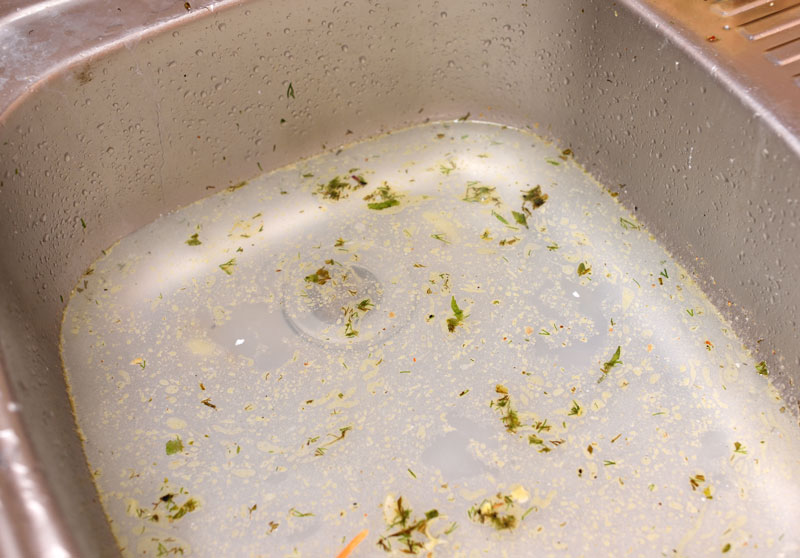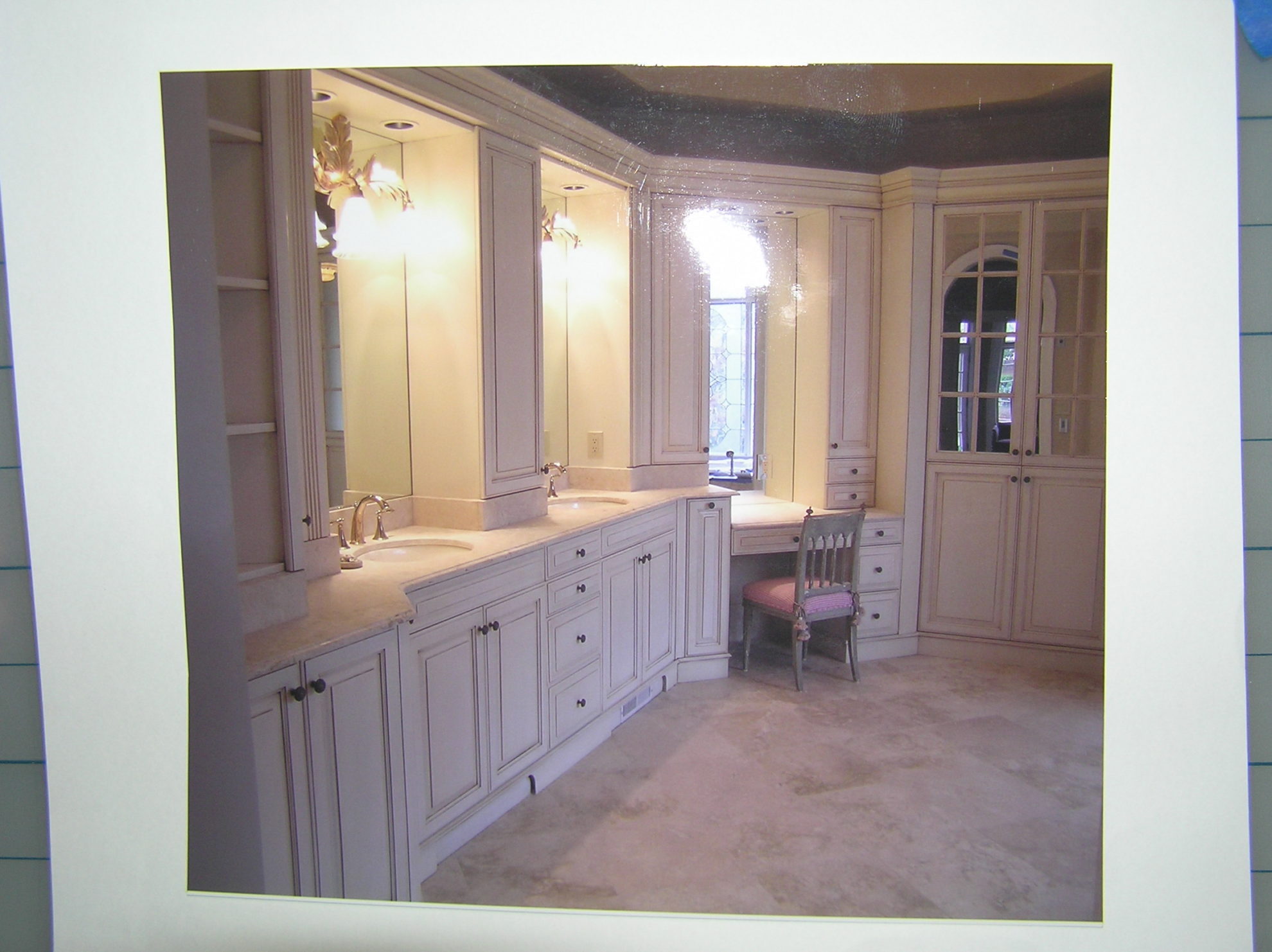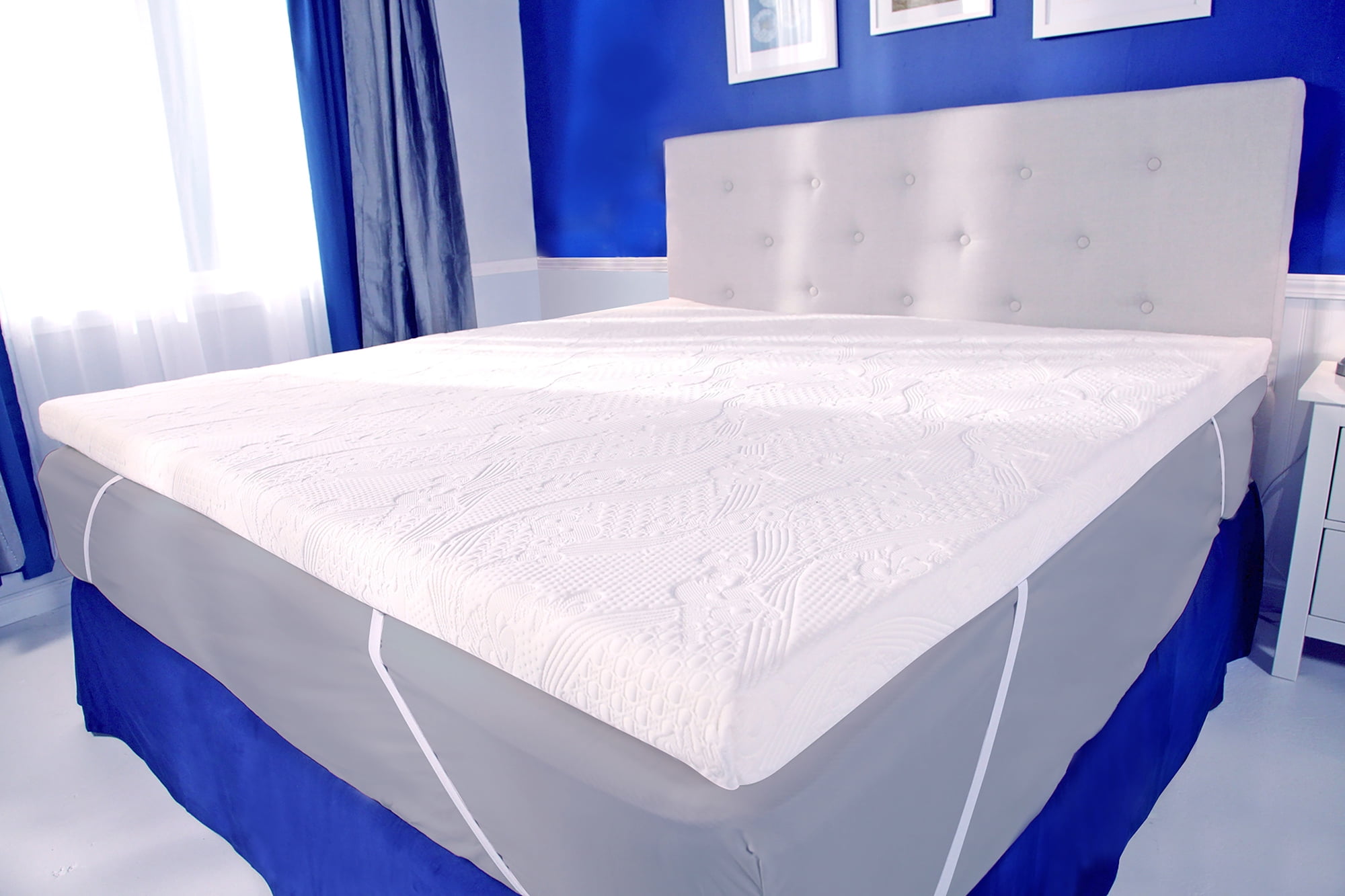Dealing with a clogged kitchen sink drain is a common household problem that can be frustrating and inconvenient. However, with the right tools and techniques, you can easily unclog your kitchen sink pipe and get your sink back to working order. Here are some steps to follow for unclogging a kitchen sink drain. First, remove any standing water from the sink using a bucket or cup. This will make it easier to access the clogged area. Next, use a plunger to try and dislodge the clog. Place the plunger over the drain and push up and down several times. This can help to loosen the clog and allow it to move down the pipes. If the plunger does not work, try using a mixture of baking soda and vinegar. Pour half a cup of baking soda down the drain, followed by half a cup of vinegar. Let it sit for 15-20 minutes, then pour hot water down the drain to flush out the clog. If the clog still remains, you may need to use a drain snake. Insert the snake down the drain and rotate it to help break up the clog and remove it. Remember to always follow safety precautions when using a drain snake, and be careful not to damage the pipes.1. How to Unclog a Kitchen Sink Drain
Unclogging a kitchen sink drain can often be done using simple DIY methods, without the need for expensive tools or chemicals. Here are some other DIY methods you can try for unclogging your kitchen sink. If the clog is located near the surface, you may be able to remove it using a bent wire hanger. Straighten out the hanger and create a small hook at one end. Insert it down the drain and try to fish out any debris or hair that may be causing the clog. Another DIY method is using a wet/dry vacuum. Set the vacuum to "wet" and cover the vent to create a seal. Place the hose over the drain and turn on the vacuum. This can help to suck out any debris causing the clog. You can also try using a combination of hot water and dish soap. Pour a cup of dish soap down the drain, followed by a pot of boiling water. Let it sit for a few minutes, then use a plunger to try and dislodge the clog.2. DIY Methods for Unclogging a Kitchen Sink
A plunger is a useful tool for unclogging a kitchen sink, as it creates suction and pressure that can help to push the clog through the pipes. Here are some tips for using a plunger to unclog your kitchen sink. First, make sure there is enough water in the sink to cover the rubber part of the plunger. If there is not enough water, add some using a bucket or cup. Place the plunger over the drain and push up and down several times. Make sure to create a tight seal between the plunger and the sink to create the necessary suction. If the clog is still not dislodged, try adding petroleum jelly to the rim of the plunger to create a better seal. You can also try using a second plunger to create a stronger suction. Remember to clean and disinfect your plunger after use to avoid spreading any bacteria.3. Using a Plunger to Unclog a Kitchen Sink
Baking soda and vinegar is a popular method for unclogging a kitchen sink, as it is a natural and chemical-free option. Here's how to use this method to unclog your sink. First, pour half a cup of baking soda down the drain, followed by half a cup of vinegar. This will create a reaction that can help to break up the clog. Let the mixture sit for 15-20 minutes, then pour a pot of hot water down the drain to flush out the clog. You can also add a cup of salt to the mixture for an extra boost. However, be careful not to use this method if you have recently used a chemical drain cleaner, as the reaction can be dangerous.4. Baking Soda and Vinegar for Unclogging a Kitchen Sink
If DIY methods and a plunger are not effective in unclogging your kitchen sink, you may need to use a drain snake. This tool is specifically designed to reach down into drains and break up clogs. Insert the snake into the drain and turn it clockwise as you push it through the pipes. This will help to break up the clog and allow it to move through the pipes. Be sure to use caution when using a drain snake, as it can be sharp and cause damage to your pipes if not used properly.5. Using a Drain Snake to Unclog a Kitchen Sink
If you prefer to use natural remedies, there are several options for unclogging a kitchen sink without the use of chemicals. Here are some natural remedies you can try. Lemon juice is a natural acid that can help to break down clogs. Squeeze a lemon down the drain and let it sit for 15-20 minutes, then flush with hot water. A mixture of salt and baking soda can also be effective. Pour a cup of salt and half a cup of baking soda down the drain, followed by a pot of hot water. You can also try using a combination of equal parts vinegar and salt. Let it sit for 15-20 minutes, then pour hot water down the drain to flush out the clog.6. Natural Remedies for Unclogging a Kitchen Sink
If DIY methods and natural remedies do not work, you may need to turn to chemical drain cleaners to unclog your kitchen sink. These cleaners contain strong chemicals that can break up clogs and clear your pipes. When using a chemical drain cleaner, be sure to follow the instructions carefully and use caution. These cleaners can be dangerous and should be used sparingly. It is also important to note that chemical drain cleaners can be harmful to your pipes and should not be used on a regular basis.7. Chemical Drain Cleaners for Unclogging a Kitchen Sink
Prevention is always better than dealing with a clogged kitchen sink pipe. Here are some tips to help you prevent clogs in your kitchen sink. Use a drain stopper to catch any food scraps or debris from going down the drain. Do not pour grease or oil down the drain, as it can solidify and cause clogs. Run hot water down the drain after each use to help prevent buildup. Regularly clean your sink and drain to prevent any buildup of debris.8. Tips for Preventing Clogs in Kitchen Sink Pipes
If all else fails and you are unable to unclog your kitchen sink pipe, it may be time to call in a professional plumber. They have the necessary tools and expertise to effectively clear your pipes and get your sink back to working order. A professional plumber can also help to identify any underlying issues that may be causing frequent clogs in your kitchen sink.9. Professional Plumbing Services for Unclogging Kitchen Sink Pipes
Understanding the common causes of clogged kitchen sink pipes can help you prevent them in the future. Some of the main culprits include food scraps, grease, and oil, as well as soap scum and hair. Regularly cleaning your sink and drain, as well as being mindful of what goes down your drain, can help to prevent clogs and keep your kitchen sink functioning properly. In conclusion, a clogged kitchen sink drain is a common household problem that can be easily resolved with the right tools and techniques. By following these tips and methods, you can effectively unclog your kitchen sink pipe and prevent future clogs. However, if the problem persists, it is best to seek professional plumbing services for a thorough and long-term solution. Remember to always practice caution and safety when dealing with clogs and chemicals, and regularly maintain your sink and drain to prevent clogs from occurring in the first place. 10. Common Causes of Clogged Kitchen Sink Pipes
The Importance of Maintaining a Clear and Functional Kitchen Sink Pipe

Keeping Your Kitchen Sink Pipe Unclogged
 Maintaining a clear and functional
kitchen sink pipe
is essential for a smooth and efficient daily routine in the kitchen. A clogged or slow-draining sink can not only cause inconvenience, but it can also lead to more serious plumbing issues if left untreated.
Unclogging your kitchen sink pipe
may seem like a daunting task, but with the right tools and techniques, it can be a relatively easy and cost-effective process.
Maintaining a clear and functional
kitchen sink pipe
is essential for a smooth and efficient daily routine in the kitchen. A clogged or slow-draining sink can not only cause inconvenience, but it can also lead to more serious plumbing issues if left untreated.
Unclogging your kitchen sink pipe
may seem like a daunting task, but with the right tools and techniques, it can be a relatively easy and cost-effective process.
Common Causes of Clogged Kitchen Sink Pipes
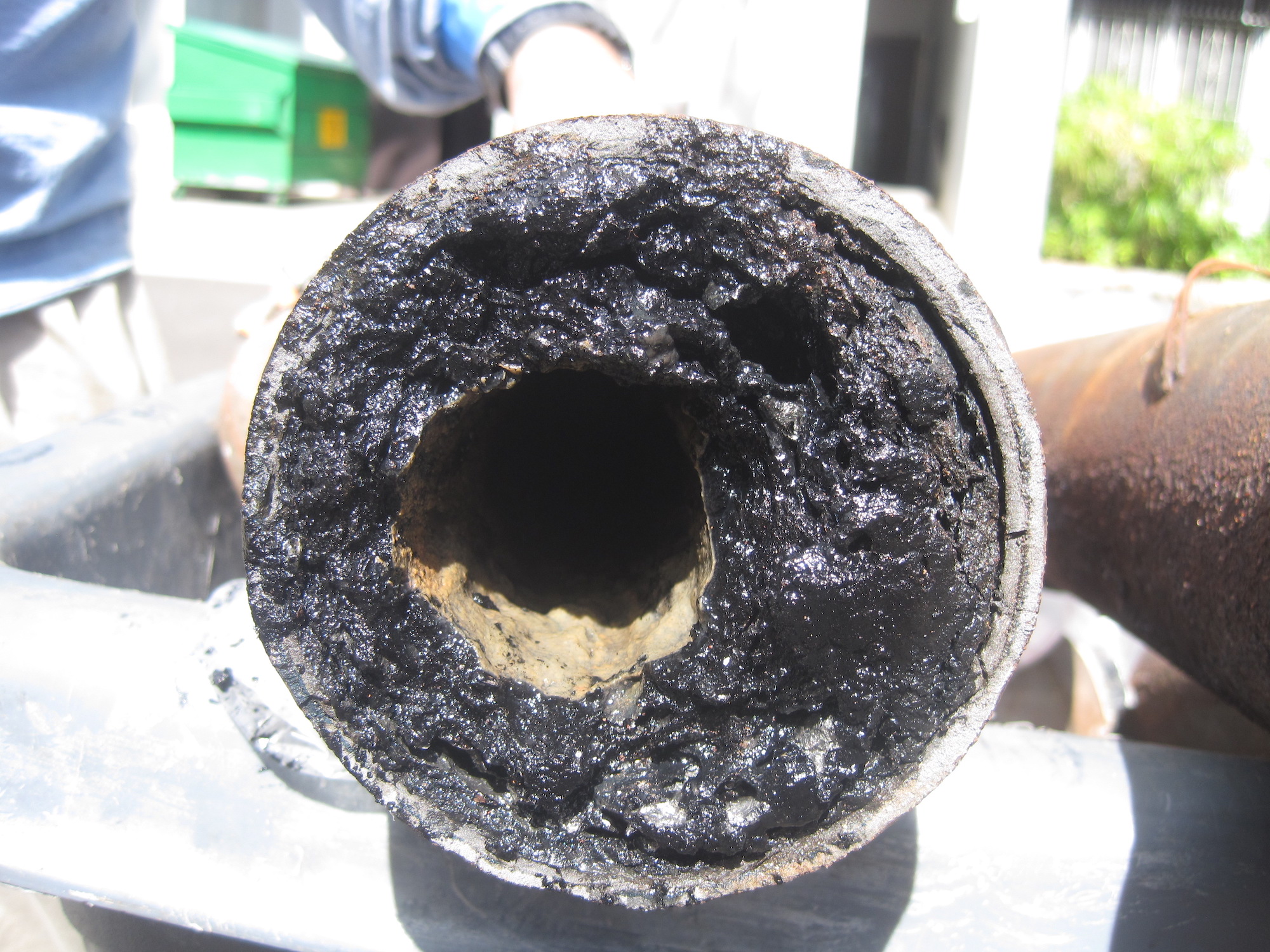 Before we delve into how to
unclog a kitchen sink pipe
, it's important to understand the common causes of clogs. Food scraps, grease, and debris can easily build up in the pipes over time, causing blockages and slow drainage. Additionally, small objects such as utensils or jewelry accidentally falling into the sink can also contribute to a clog. It's important to be mindful of what you put down your kitchen sink to avoid future clogs.
Before we delve into how to
unclog a kitchen sink pipe
, it's important to understand the common causes of clogs. Food scraps, grease, and debris can easily build up in the pipes over time, causing blockages and slow drainage. Additionally, small objects such as utensils or jewelry accidentally falling into the sink can also contribute to a clog. It's important to be mindful of what you put down your kitchen sink to avoid future clogs.
Tools You Will Need
 To
unclog your kitchen sink pipe
, you will need a few basic tools: a plunger, a plumber's snake, and a pair of rubber gloves. A plunger is a great tool for clearing minor clogs and blockages. The suction created by the plunger can help dislodge and push the blockage through the pipes. A plumber's snake, also known as a drain auger, is a long, flexible coil that can reach deep into the pipes to break up and remove stubborn clogs. Rubber gloves are essential for protecting your hands and preventing any mess during the process.
To
unclog your kitchen sink pipe
, you will need a few basic tools: a plunger, a plumber's snake, and a pair of rubber gloves. A plunger is a great tool for clearing minor clogs and blockages. The suction created by the plunger can help dislodge and push the blockage through the pipes. A plumber's snake, also known as a drain auger, is a long, flexible coil that can reach deep into the pipes to break up and remove stubborn clogs. Rubber gloves are essential for protecting your hands and preventing any mess during the process.
Step-by-Step Guide
 Unclogging a kitchen sink pipe
can be done in a few simple steps. First, fill the sink with a few inches of water, enough to cover the plunger. Place the plunger over the drain and push down gently, creating a seal. Then, using an up and down motion, plunge the drain vigorously for about 30 seconds. If the water starts to drain, then you have successfully cleared the clog. If not, try using the plumber's snake to reach deeper into the pipes. Once the clog is cleared, run hot water down the drain to flush out any remaining debris.
Unclogging a kitchen sink pipe
can be done in a few simple steps. First, fill the sink with a few inches of water, enough to cover the plunger. Place the plunger over the drain and push down gently, creating a seal. Then, using an up and down motion, plunge the drain vigorously for about 30 seconds. If the water starts to drain, then you have successfully cleared the clog. If not, try using the plumber's snake to reach deeper into the pipes. Once the clog is cleared, run hot water down the drain to flush out any remaining debris.
Preventative Measures
:max_bytes(150000):strip_icc()/how-to-unclog-a-kitchen-sink-2718799_sketch_FINAL-8c5caa805a69493ab22dfb537c72a1b7.png) To avoid future clogs and
unclog your kitchen sink pipe
less frequently, there are a few preventative measures you can take. Avoid pouring grease and food scraps down the drain, and use a sink strainer to catch any debris. Regularly cleaning your sink and pipes with hot water and vinegar can also help prevent buildup and maintain clear pipes.
In conclusion, keeping your
kitchen sink pipe unclogged
is crucial for a functional and efficient kitchen. With the right tools and techniques, you can easily
unclog your kitchen sink pipe
and prevent future clogs. Remember to be mindful of what goes down your sink and to regularly clean and maintain your pipes. By following these tips, you can ensure a smooth and hassle-free experience in the kitchen.
To avoid future clogs and
unclog your kitchen sink pipe
less frequently, there are a few preventative measures you can take. Avoid pouring grease and food scraps down the drain, and use a sink strainer to catch any debris. Regularly cleaning your sink and pipes with hot water and vinegar can also help prevent buildup and maintain clear pipes.
In conclusion, keeping your
kitchen sink pipe unclogged
is crucial for a functional and efficient kitchen. With the right tools and techniques, you can easily
unclog your kitchen sink pipe
and prevent future clogs. Remember to be mindful of what goes down your sink and to regularly clean and maintain your pipes. By following these tips, you can ensure a smooth and hassle-free experience in the kitchen.






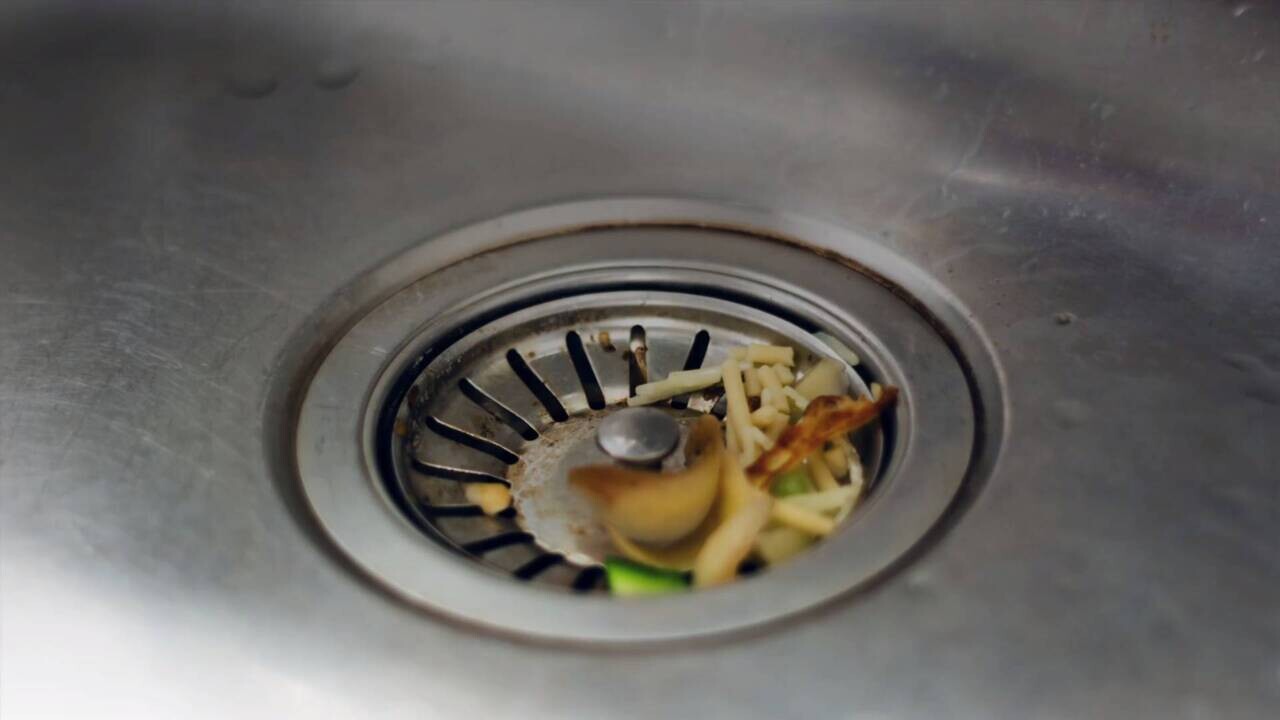

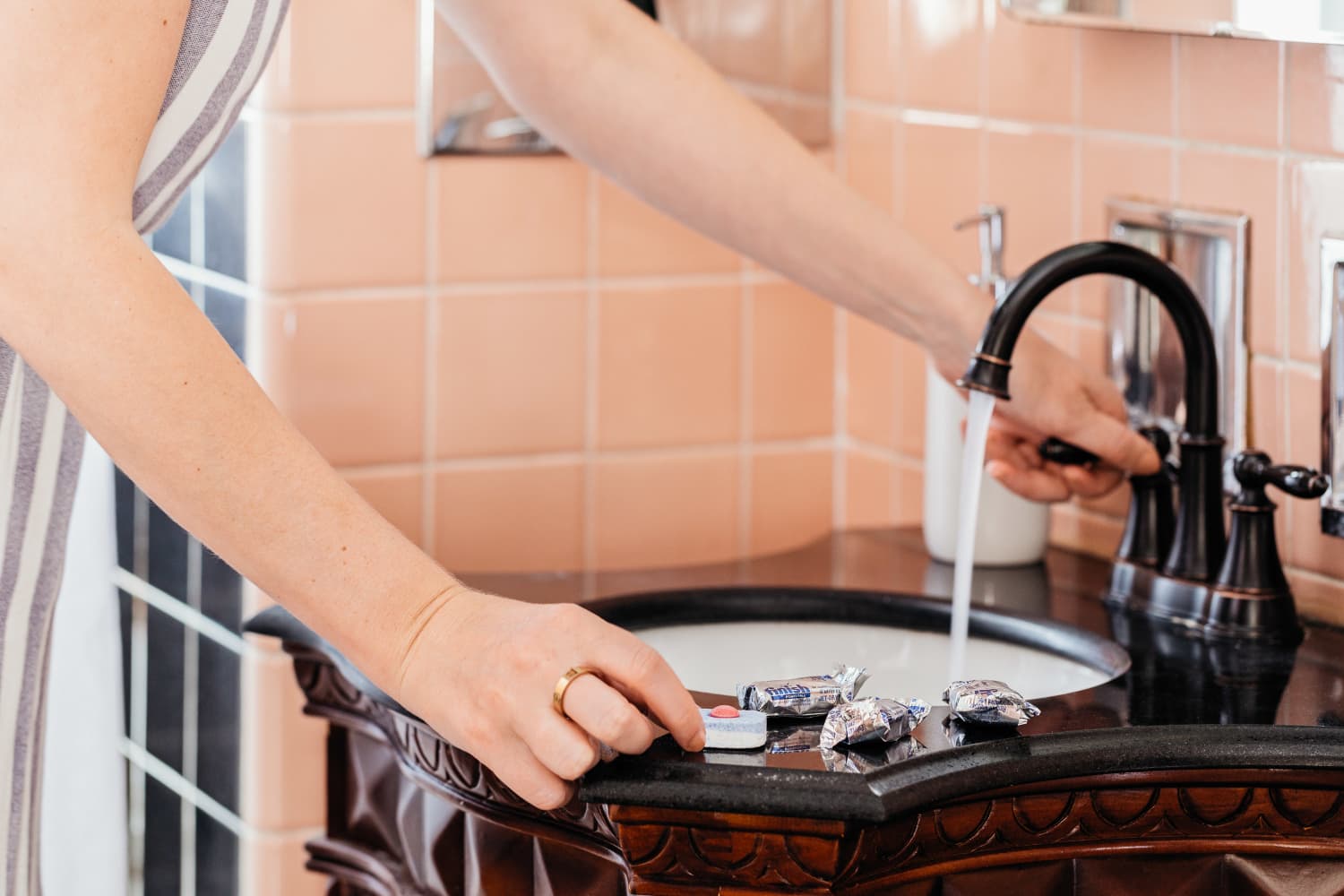
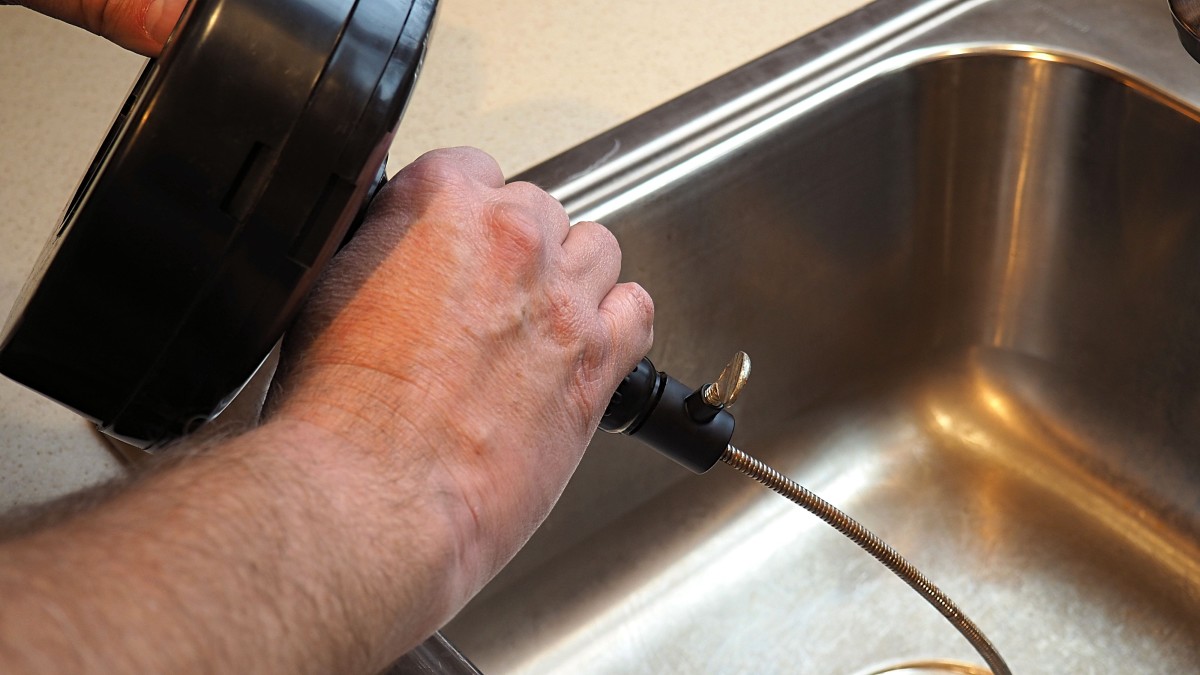





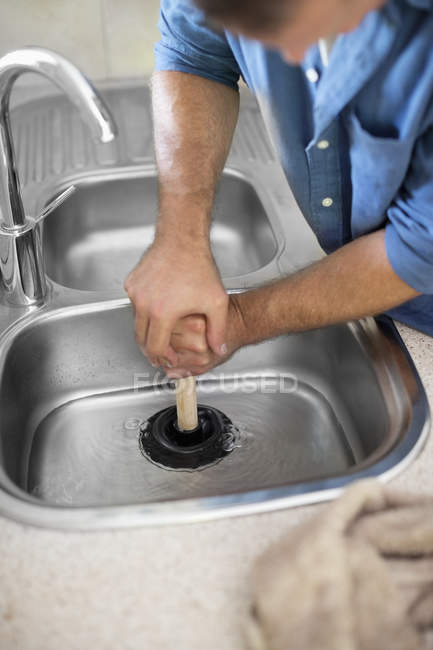

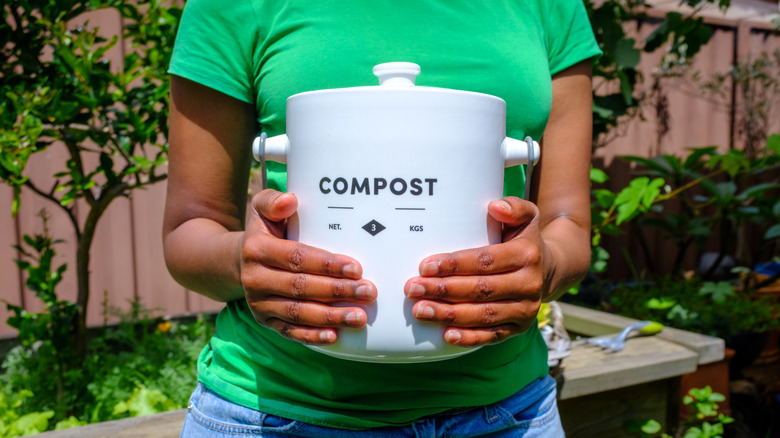


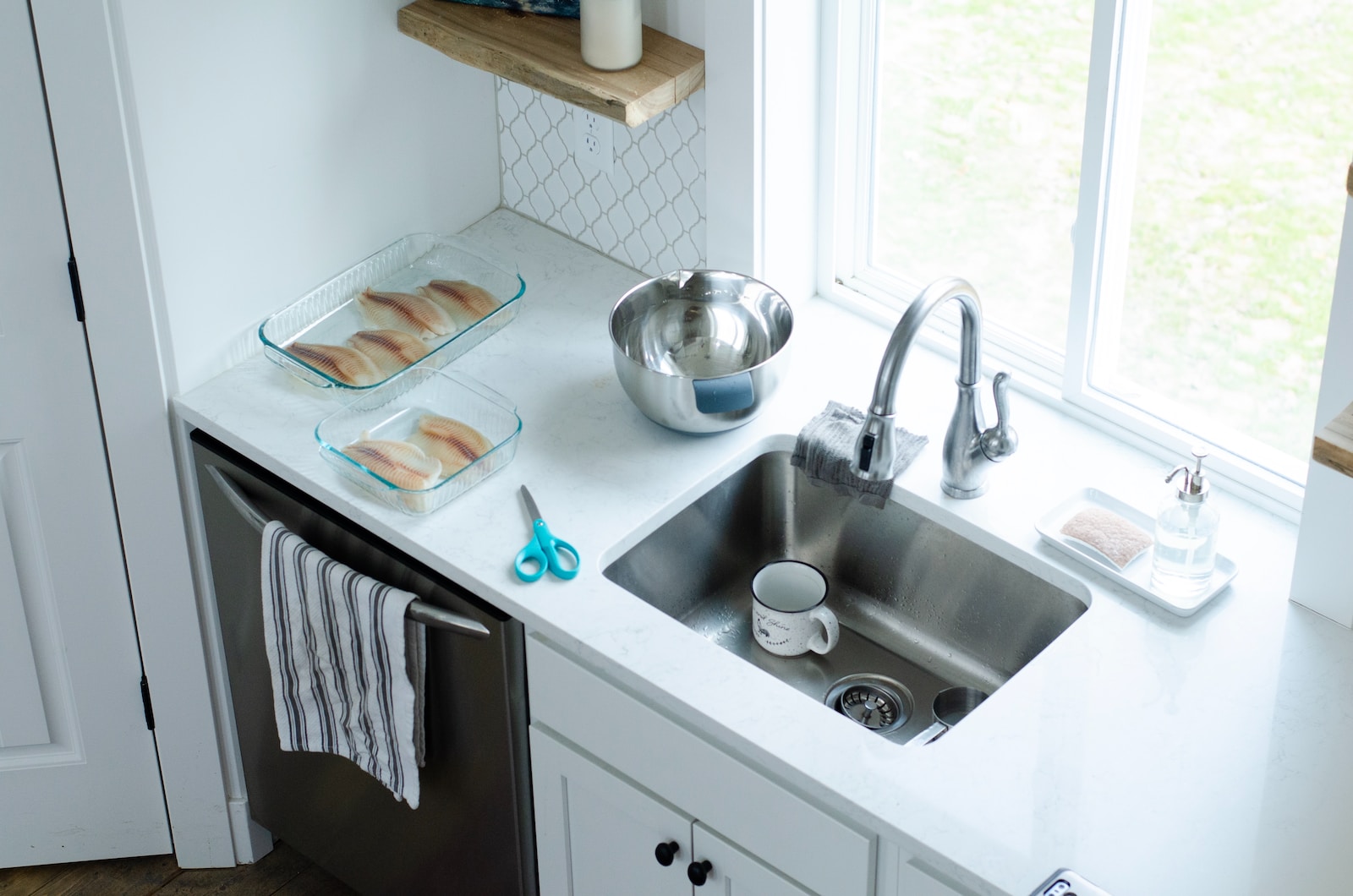









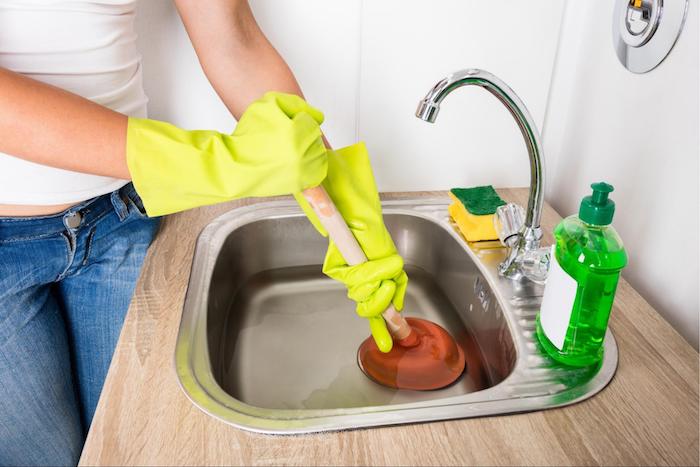




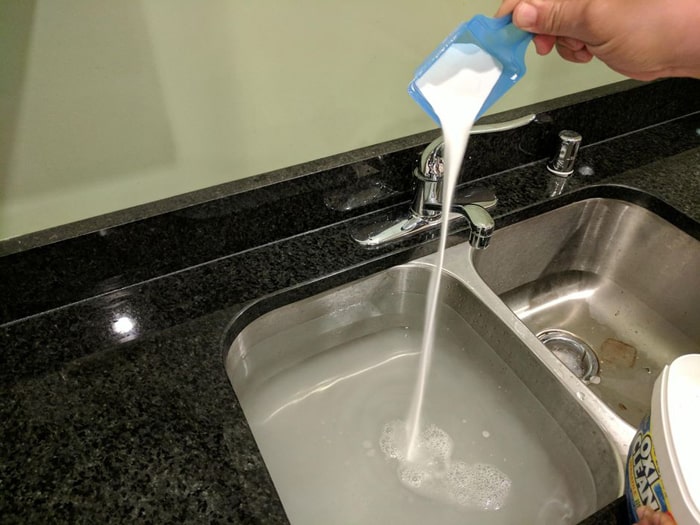




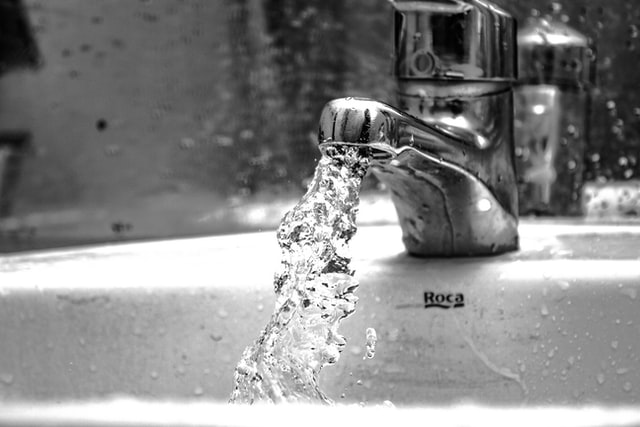

:max_bytes(150000):strip_icc()/freshen-and-unclog-drain-with-baking-soda-1900466-22-bbf940b70afa4d5abef0c54da23b1d3f.jpg)
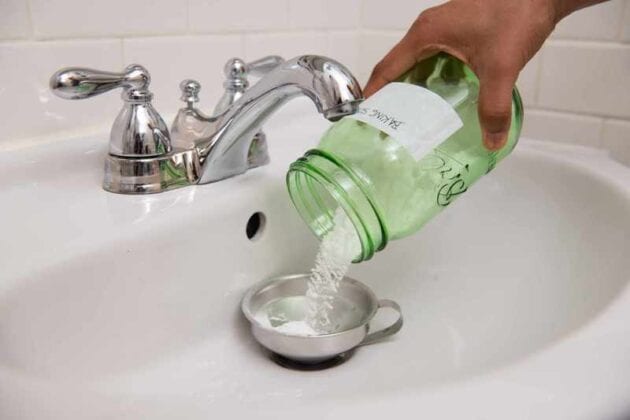





:max_bytes(150000):strip_icc()/how-to-use-a-sink-auger-1825090-hero-70d39960647643819dbb4c1f3a05e929.jpg)

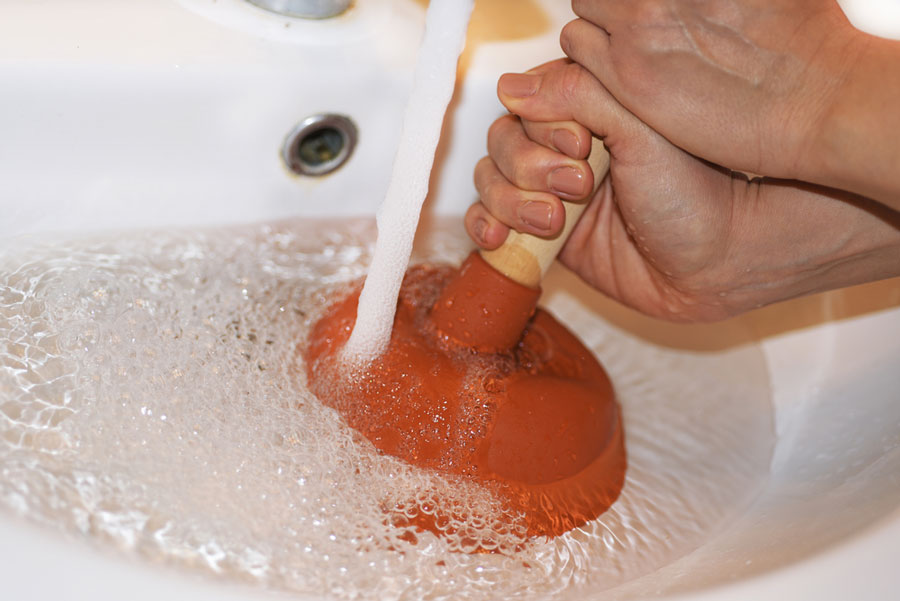




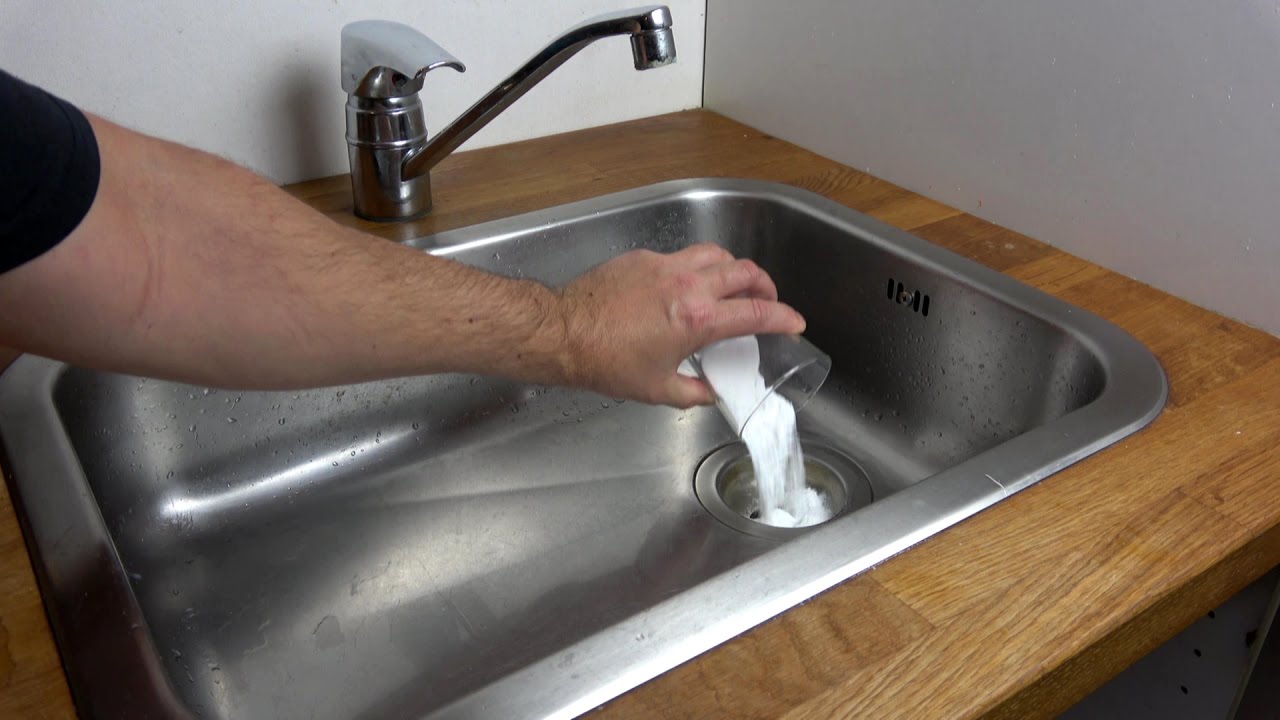
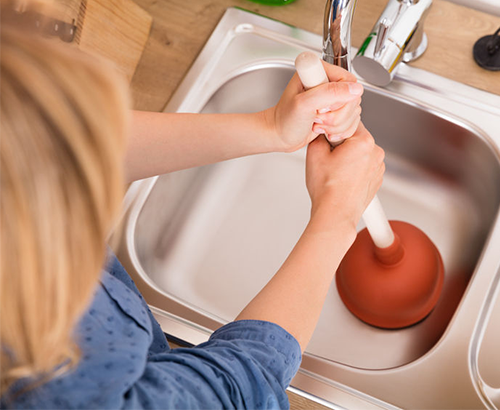
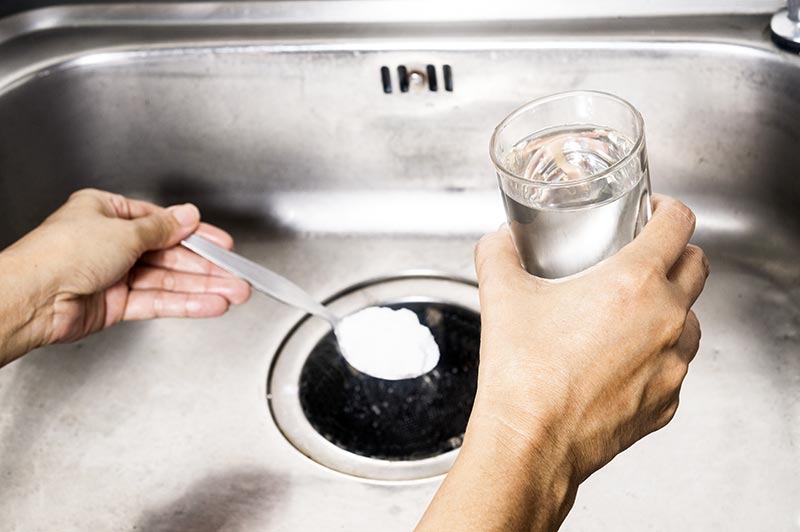







.jpg)
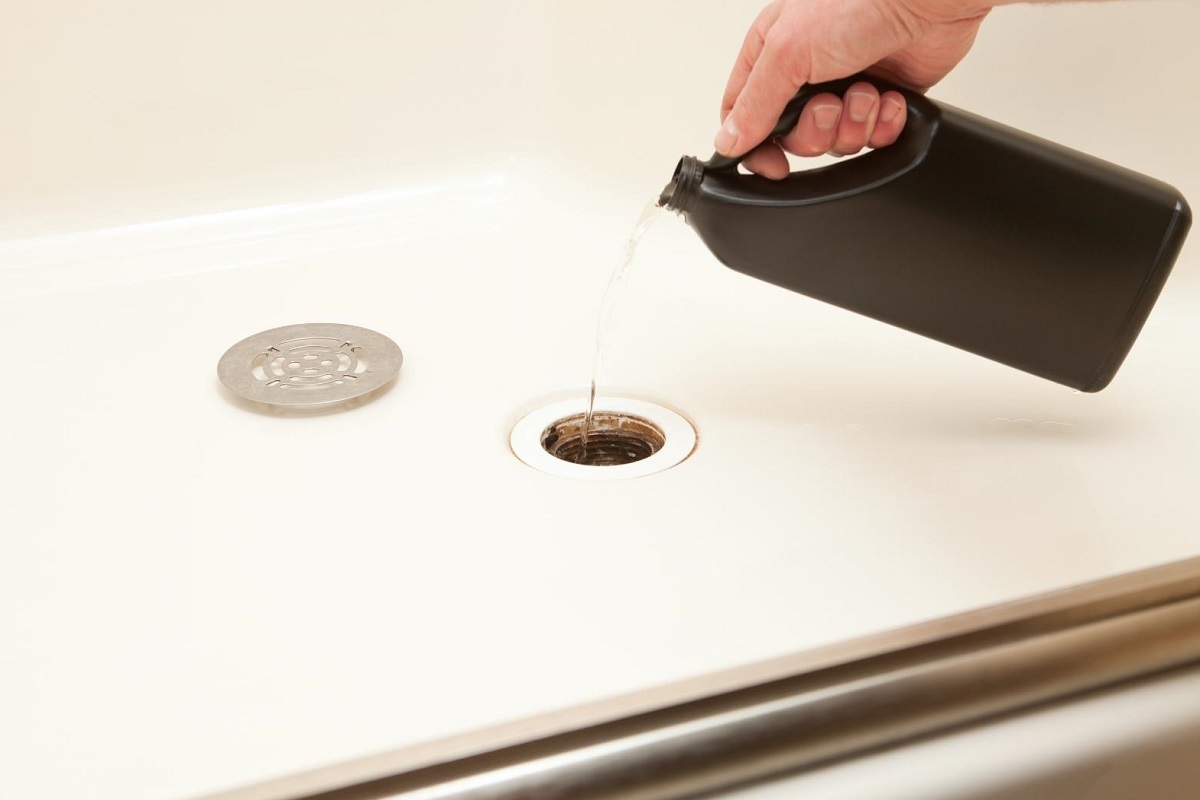




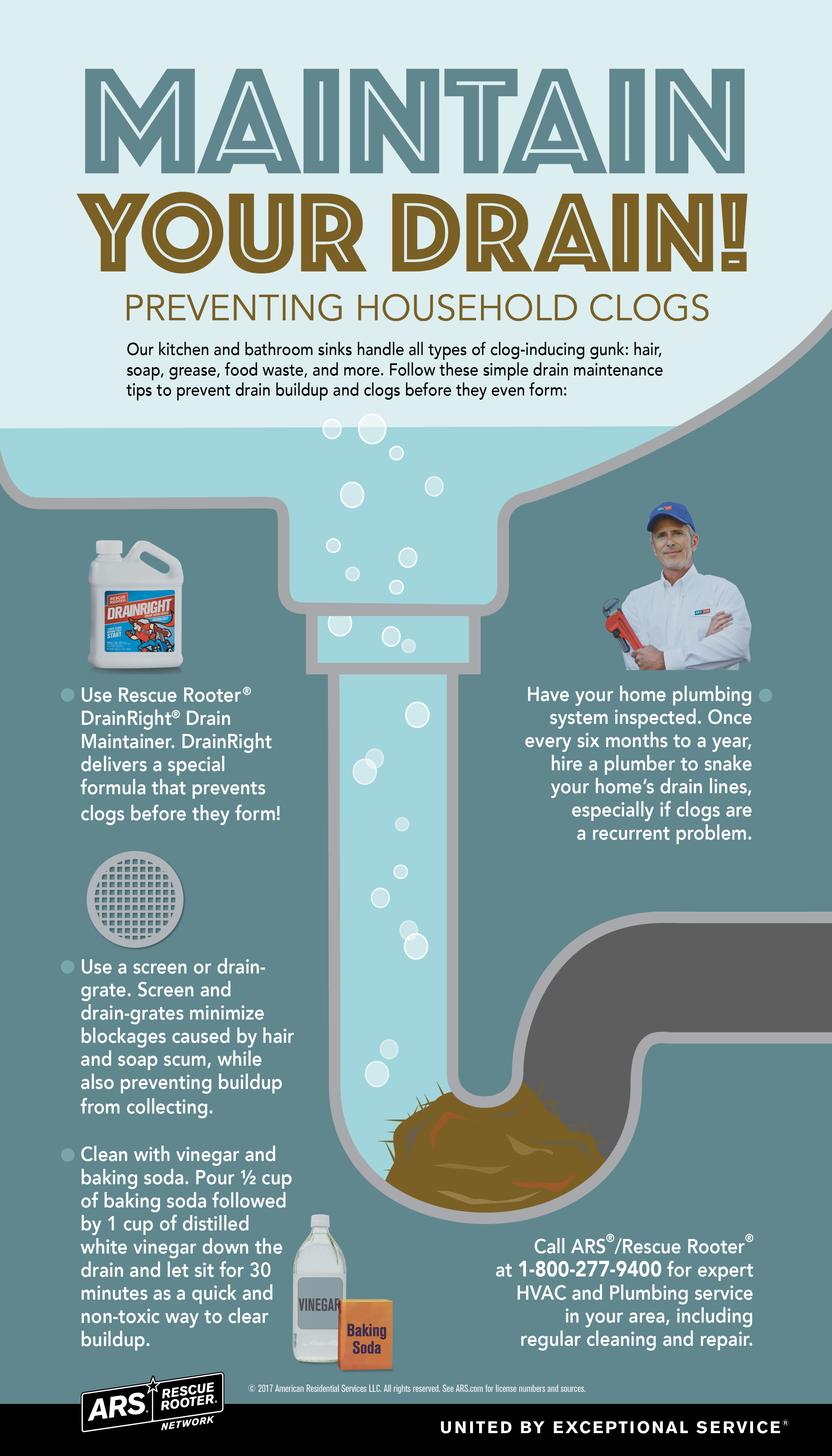




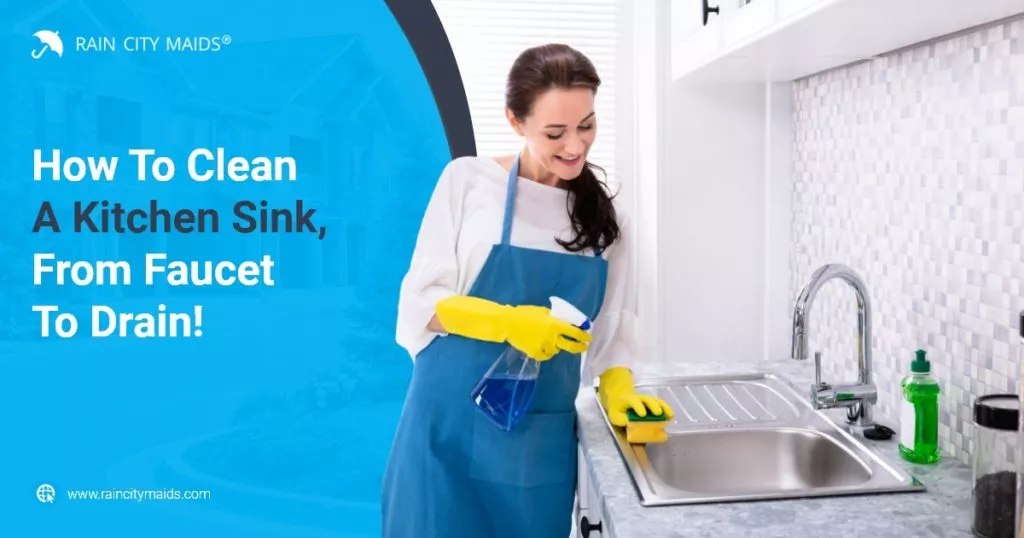








/how-to-install-a-sink-drain-2718789-hero-24e898006ed94c9593a2a268b57989a3.jpg)
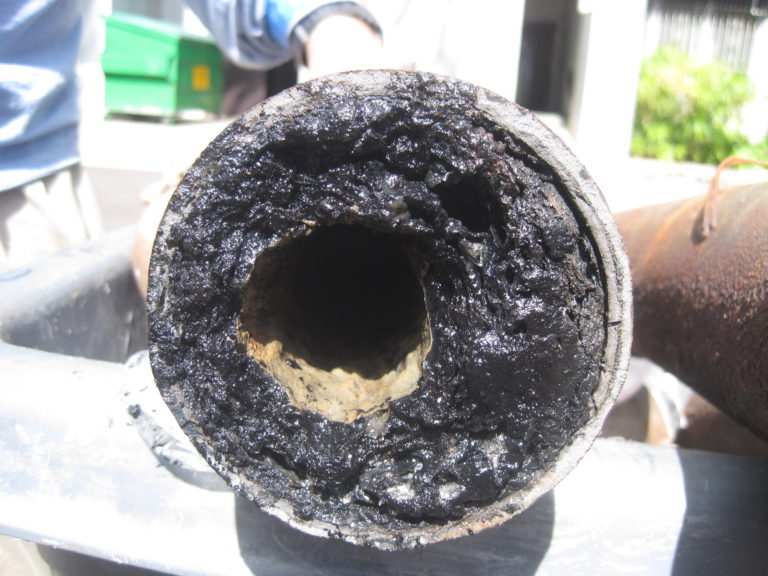
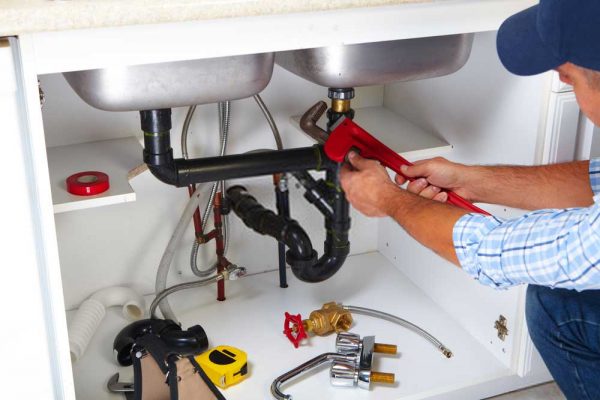

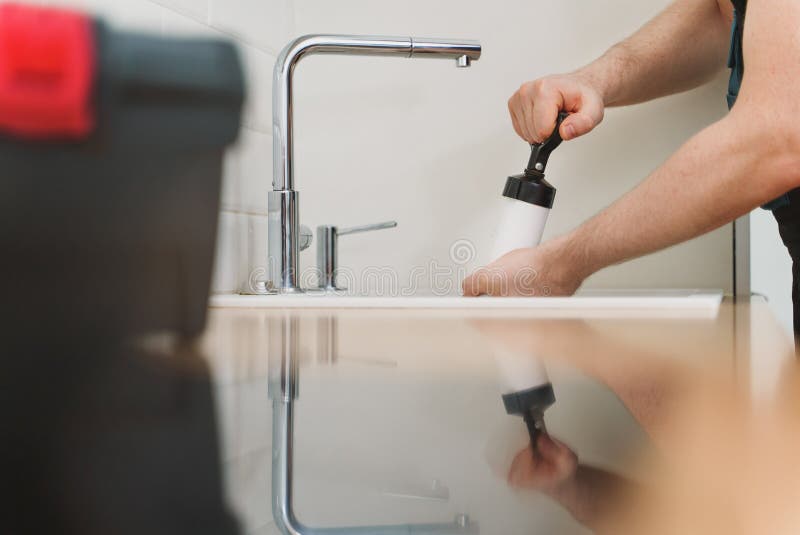




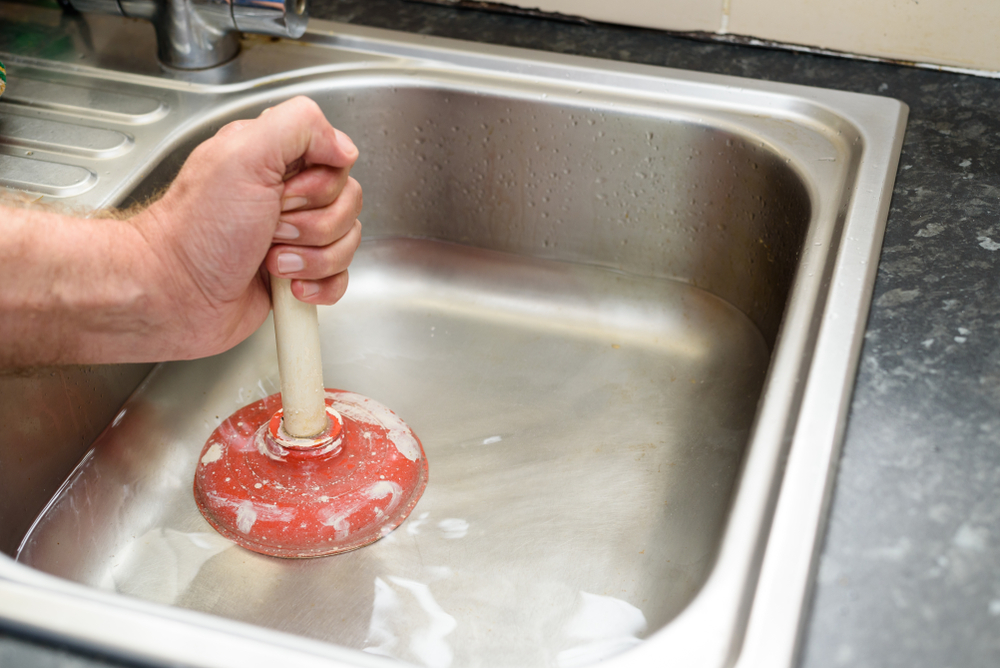


/signs-of-a-sewer-drain-clog-2718943_FINAL-7306dab348804135897b63a4411cdfdf.png)
